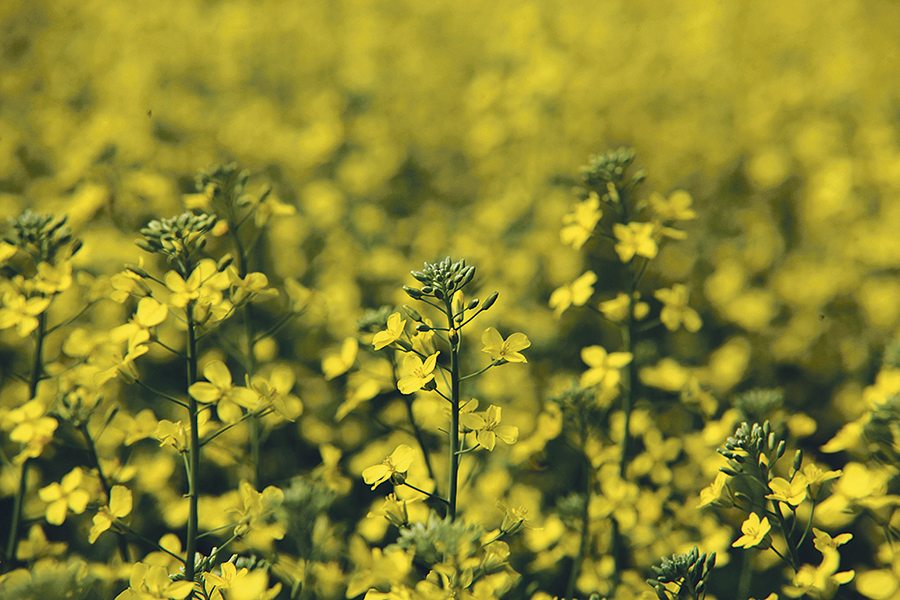The proposal is to offer a federal subsidy for growing canola and sunflowers as a way to expand the habitat for bees
The U.S. Canola Association wants farmers to receive a federal subsidy for growing the crop.
It has created a proposal in conjunction with the National Sunflower Association and the American Honey Producers Association to increase the acres planted to canola and sunflowers to provide more suitable habitat for honey bees and wild pollinators.
U.S. growers receive subsidies for adopting conservation stewardship practices such as no-till seeding and variable rate fertilizer application.
The proposal is to add another enhancement to the program, which is growing canola and sunflowers.
Read Also

Defence investments could benefit agriculture
A bump in Canada’s NATO spending commitments could lead to infrastructure investments that would benefit rural areas
“If you had a couple million acres more of canola and sunflowers scattered around the country, that would be a lot of habitat,” said Dale Thorenson, assistant director of the U.S. Canola Association.
The Natural Resources Conservation Service (NRCS) initially rejected the proposal because it wasn’t interested in adding new enhancements to the Conservation Stewardship Program.
So the three groups changed tactics and attempted to have the provisions included in the 2018 U.S. farm bill.
The office responsible for drafting farm bill legislation contacted the NRCS for clarification and guidance on some of the language to use in the bill.
NRCS officials told them that there was no need to go the legislative route when the agency could accomplish the same results by making simple administrative changes.
The NRCS contacted the groups and asked them to resubmit the proposal along with a cover letter from a member of Congress who is supporting the proposal.
Thorenson hopes the submission will be sent in the next week or two.
“The request is for (implementation) this year. Whether or not that could be put in place that fast, I don’t know,” he said.
He doesn’t foresee the program leading to an explosion in U.S. canola acres. It is aimed at stemming the tide of soybeans and corn taking land away from small-acre crops such as canola.
“That’s the intent behind it,” Thorenson said.
“It’s not to get a major expansion of (canola and sunflowers), it’s just to try and preserve the infrastructure so we have the crop growing here.”
The program is not a straight per acre subsidy. It is a complicated points-based system that requires growers to sign a five-year contract.
Not every farmer who applies gets the subsidy. It depends on how many other applicants are in their county and how many enhancements they are making.
However, Thorenson thinks the program could get farmers to try growing the two oilseed crops.
He believes it could be particularly attractive to winter canola growers. In states like Kentucky, Georgia and Oklahoma, farmers can grow winter canola, harvest it by June 1 and then plant soybeans.
The winter canola is a great cover crop that prevents nitrogen leaching. Thorenson believes the conservation program could convince more farmers to try double cropping and discover how profitable it can be.
“There’s no reason that there isn’t three or four million acres of winter canola being grown across the mid-south and into the Plains,” he said.
















